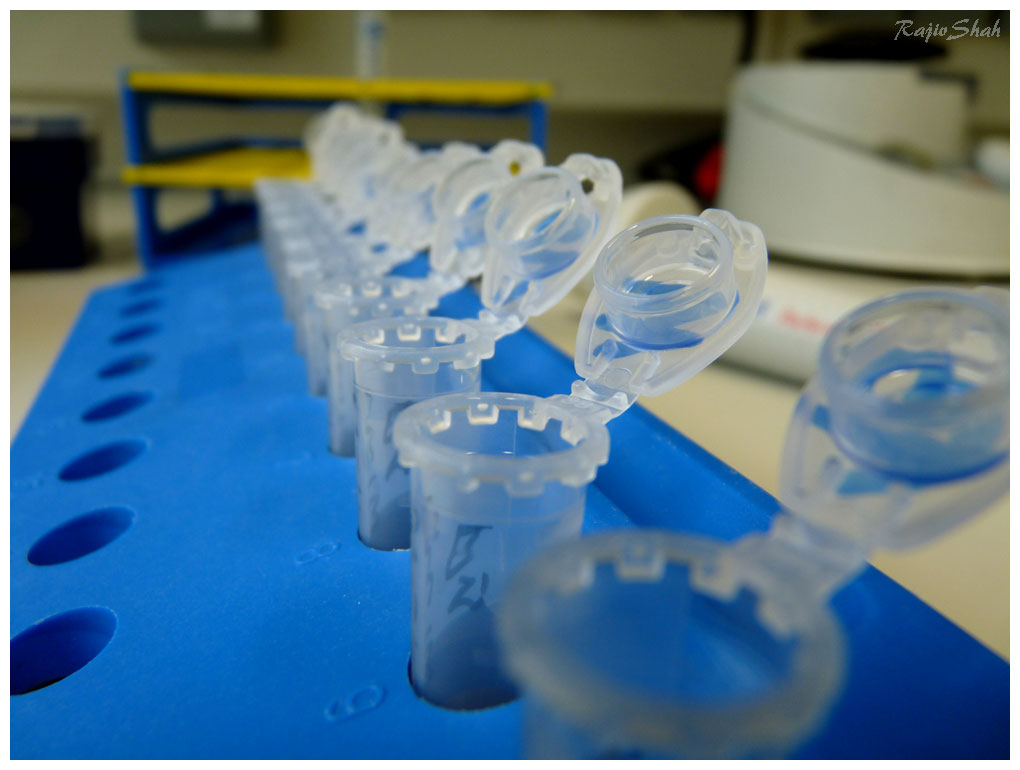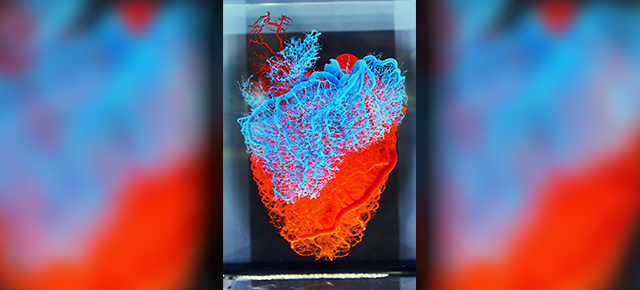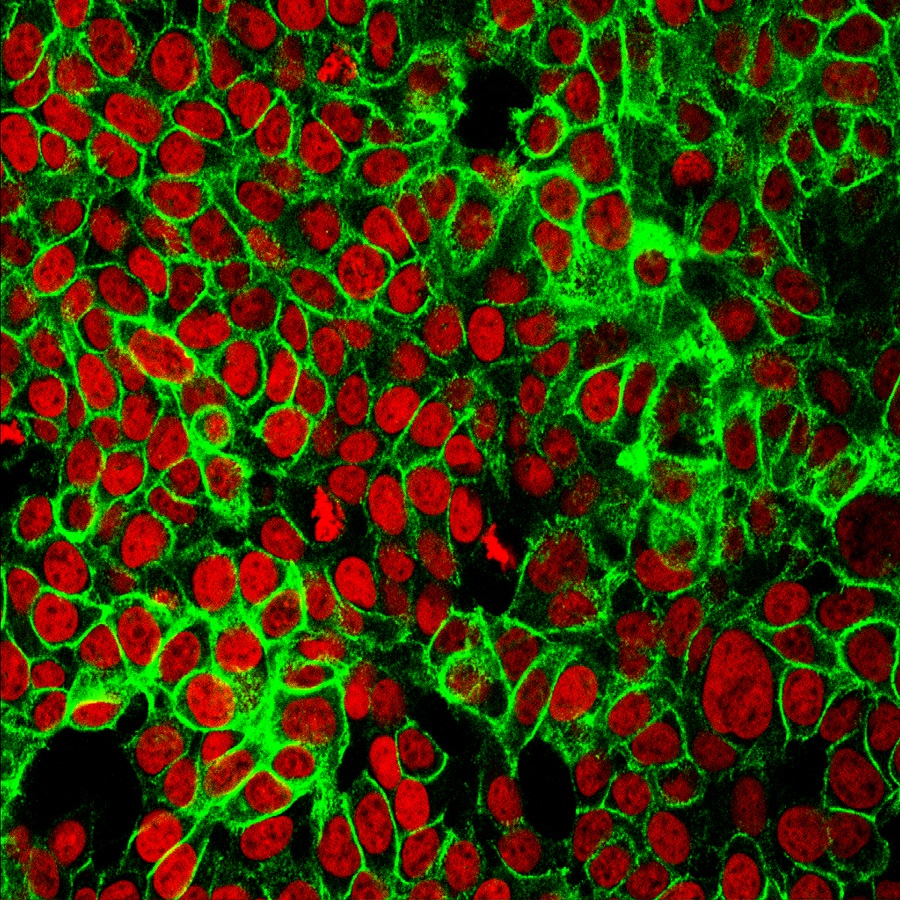Of mice, men and proteasomes; OTUD6B variant causes intellectual and physical disability
One of Dr. Magdalena Walkiewicz’s patients had not received a genetic diagnosis for his condition that included a number of intellectual and physical disabilities. After following the appropriate protocols, Walkiewicz, an assistant professor of molecular and human genetics at Baylor College of Medicine and assistant laboratory director at Baylor Genetics, ordered whole exome sequencing analysis.

“The analysis of the results led us to a variant in the OTUD6B gene, which until now had not been linked to a health condition,”
said Dr. Teresa Sim, postdoctoral associate of molecular and human genetics and a fellow in Clinical Molecular Genetics and Genomics.


“We identified a presumed loss-of-function mutation in the OTUD6B gene in this patient,” said Walkiewicz. “We discovered that this gene seemed to be highly involved in human development; when the gene cannot fulfill its function, the individual presents with severe intellectual disability, a brain that does not develop as expected and poor muscular tone that limits the ability to walk, as well as cardiovascular problems.”
Making a convincing case for OTUD6B
However, one case does not represent sufficient evidence to support the involvement of OTUD6B in the medical condition.
“To make a convincing case that this gene is essential for human development we needed to find more individuals carrying mutations in OTUD6B,” Walkiewicz said.
Mutations in OTUD6B are rare so the researchers had to look into the exomes – all the protein-coding genes – of a large number of individuals to find others carrying mutations in this gene. Walkiewicz and her colleagues first looked into their clinical exome database at Baylor Genetics labs, specifically into the data of nearly 9,000 unrelated, mostly pediatric-age individuals, many of which carrying neurologic conditions, and found an additional individual carrying genetic changes in the same gene. The clinical characteristics of this individual were strikingly similar to those of the first patient, which led the team to expand their search for more patients.
From left, Dr. Teresa Sim, Dr. Magdalena Walkiewicz and Dr. Jason Heaney discuss their recent paper in the American Journal of Human Genetics.
“When we study very rare disorders we rely on collaborations with scientists around the world to find other families affected by mutations in one gene,” said Walkiewicz.
One of the strategies that helps researchers find more cases is running the gene of interest through GeneMatcher, a web-tool developed as part of the Baylor-Hopkins Center for Mendelian Genomics for rare disease researchers. Similar to online dating websites that match couples, GeneMatcher allows researchers to find others that are interested in the same genes they are working on.

“Without this type of collaborations it would be very difficult to make a convincing case. Between GeneMatcher and our database we found a total of 12 individuals carrying mutations in OTUD6B and presenting with similar clinical characteristics,” Walkiewicz said.
An animal model corroborates the human findings

“Animal models are one way to determine whether a change in this gene is actually causing the condition,” said Dr. Jason Heaney, assistant professor of molecular and human genetics and director of the Mouse Embryonic Stem Cell Core at Baylor. “Having a similar change in an animal model gene that results in similar characteristics in a mouse can show us whether the gene is causing the condition.”
Baylor is part of the International Mouse Phenotyping Consortium. Its goal is to generate a knockout model for every gene in the mouse genome, about 20,000 protein-coding genes, and determine what each gene is involved with.
“In this case we learned in the animal model lacking the OTUD6B gene that the gene is highly expressed in the brain and we knew that the patients had reduced intellectual capacities. The animals had cardiovascular defects very similar to those in the patient population.”
“The animal models allowed us to see that having this mutation of this gene causes the clinical characteristics observed in the patients. It highlights how useful animal models can be for understanding human disease,” Heaney said.

“In addition, our collaborators in Germany performed functional analysis for this gene on blood cells from patients,” Walkiewicz said.
“Their findings suggest that the OTUD6B protein contributes to the function of proteasomes, large molecular complexes that are at the center of the cellular process that degrades proteins that are damaged or are not needed by the cell.”
“This discovery strengthens the notion that disturbances of the proteasome can cause human disease.”
“There is interest in better understanding the mechanisms of the disorder at the cellular and molecular level. By understanding the processes that lead to the disease, we can then hope to develop therapies for those patients,” said Walkiewicz.
“Another important contribution of this project is that we provided some answers for the families, and brought them together which offers the opportunity for mutual support,” said Sim.
Read all the details about this study in the American Journal of Human Genetics.
For a complete list of the authors and their affiliations and financial support for this project click here.



